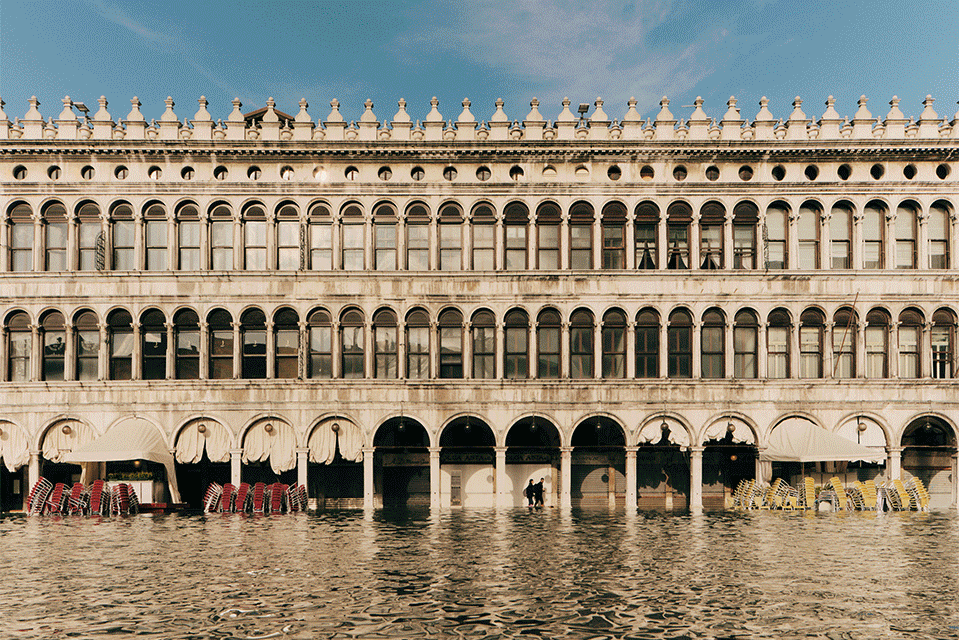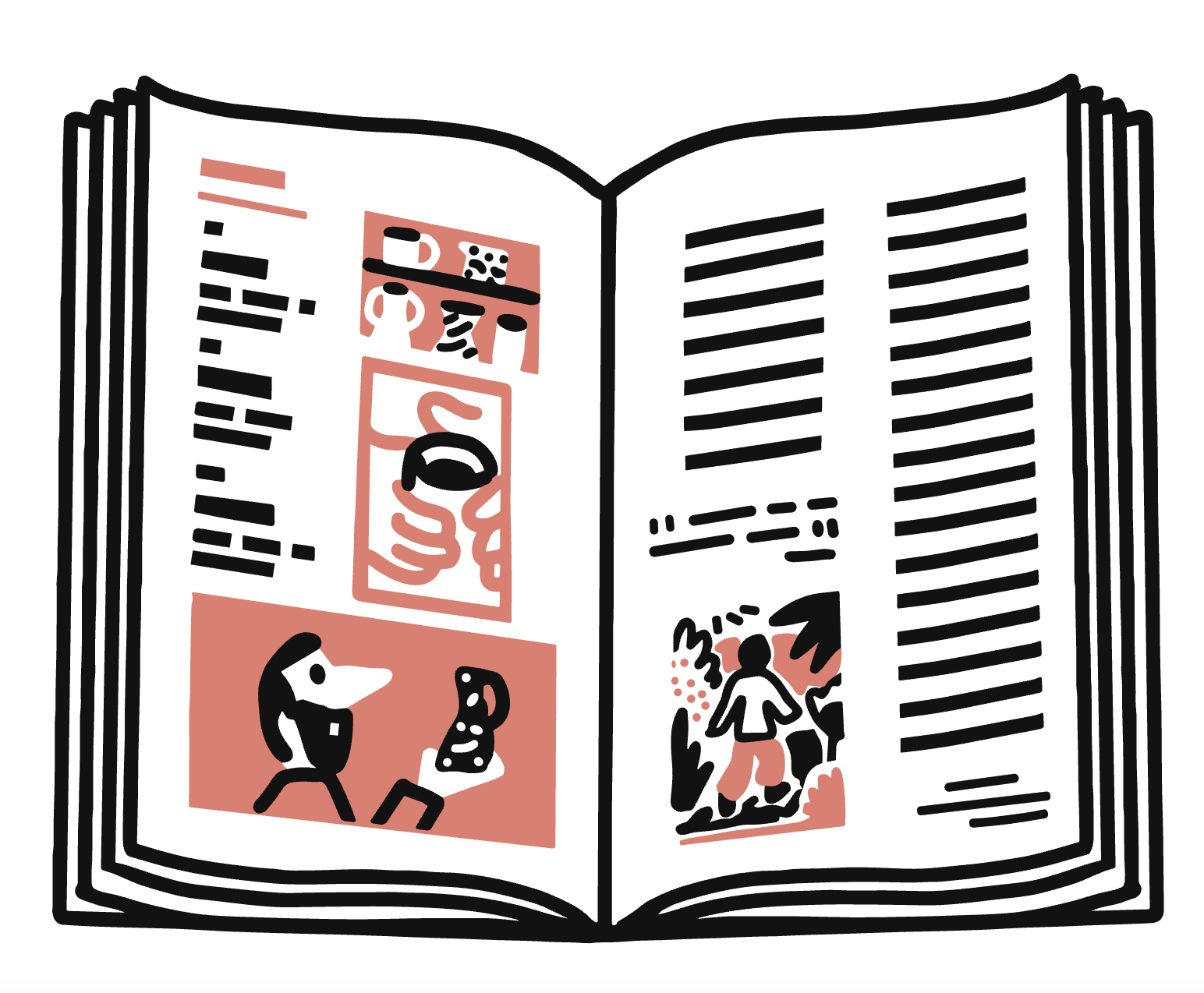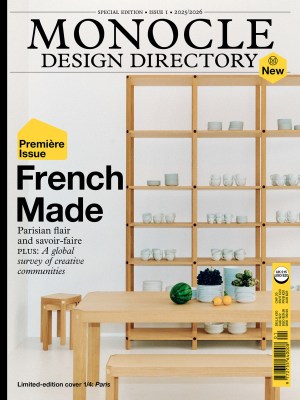Why we all need to learn how to “speak architecture”
Buildings shape our world – so why don’t we discuss them?
When was the last time a space gave you room to think rather than rushing you along to the exit or cash register? Architecture can seem dull but done well it can still solve problems, conjure awe and inspire.
The discipline comes together in our homes, streets and cities, and forms the backdrop to our lives – sometimes as monuments but more often in subtler, less spectacular ways. It’s in motifs and materials, churches and supermarkets but also in how we access clean water and in the proportions of a park or playground. Muse on it for a moment and architecture is everywhere – shaping us as we shape it – but it’s also noticeably absent from too many discussions about living better. That needs to change.
To borrow an idea from UK editor and author Simon Jenkins, we need to “speak architecture”. All of us. That doesn’t mean committing opaque technicalities or industry jargon to memory or fluency but rather a perspective shift. It means being free to discuss – and question – how buildings make us feel, how they structure our lives and how to understand the stories that our buildings tell.

Our latest publication, The Monocle Companion, is about starting global conversations. As Chilean architect Alejandro Aravena put it to me, it’s about building better with brains as well as bricks. This edition is based around the 19th Biennale Architettura, which takes place in Venice (on now until 23 November 2025) – but the subjects that we explore within the 200-plus page paperback are truly global. Between the covers we speak to some of the canniest thinkers from this year’s event, as well as writers, architects and idealists looking to nudge debates about the built environment with good grace and optimism.
We hear from the curator of Bahrain’s pavilion about why the hum of power-hungry air conditioners is an increasingly alarming soundtrack to summer in the Gulf – and why he’s got an alternative for the ages. We speak to a studio in Toronto about how it’s employing architects to open-source rebuilding in Ukraine and the importance of making cities more spontaneous (inspired by life on the busy streets of Hanoi). There are also glimpses into other worlds, from Cairo’s self-building scene and the “Bangkok Bastards” of design to Lomé’s forgotten modernist buildings and what the markets of Lagos tell us about the ingenuity of its economy and people.
Along the way, you’ll read essays from philosophers, Pritzker Prize-winners, Golden Lion recipients and urban planners – and, yes, even a few crumbs of wisdom from our trusty design editor, Nic Monisse (this book’s co-editor). Another major highlight is a photo essay (pictured) shot by one of Monocle’s regular contributors, Andrea Pugiotto.
So, if you’re visiting Venice for the Biennale (pre-game with Monocle’s 10 highlights here) or you don’t know your Arsenale from your elbow – we’ve laid on a world of insights on subjects from surviving in a desert to forging buildings from lava, alongside some thoughts from beyond the bounds of our humble planet.
This little book – available to buy now – aims to offer lofty ideas and space to wonder. Remember, it’s not just architects who can help build a better world or who should speak up about the world that we’ve constructed. The good news? Some of the answers to improving things and telling better stories are at our fingertips.
‘The Monocle Companion: Fifty Ideas on Architecture, Design and Building Better’ is out now – buy your copy today. The Venice architecture Biennale runs until 23 November 2025.
Read next: We need to talk about architecture. At this year’s Venice Biennale, a few nations got the message.


